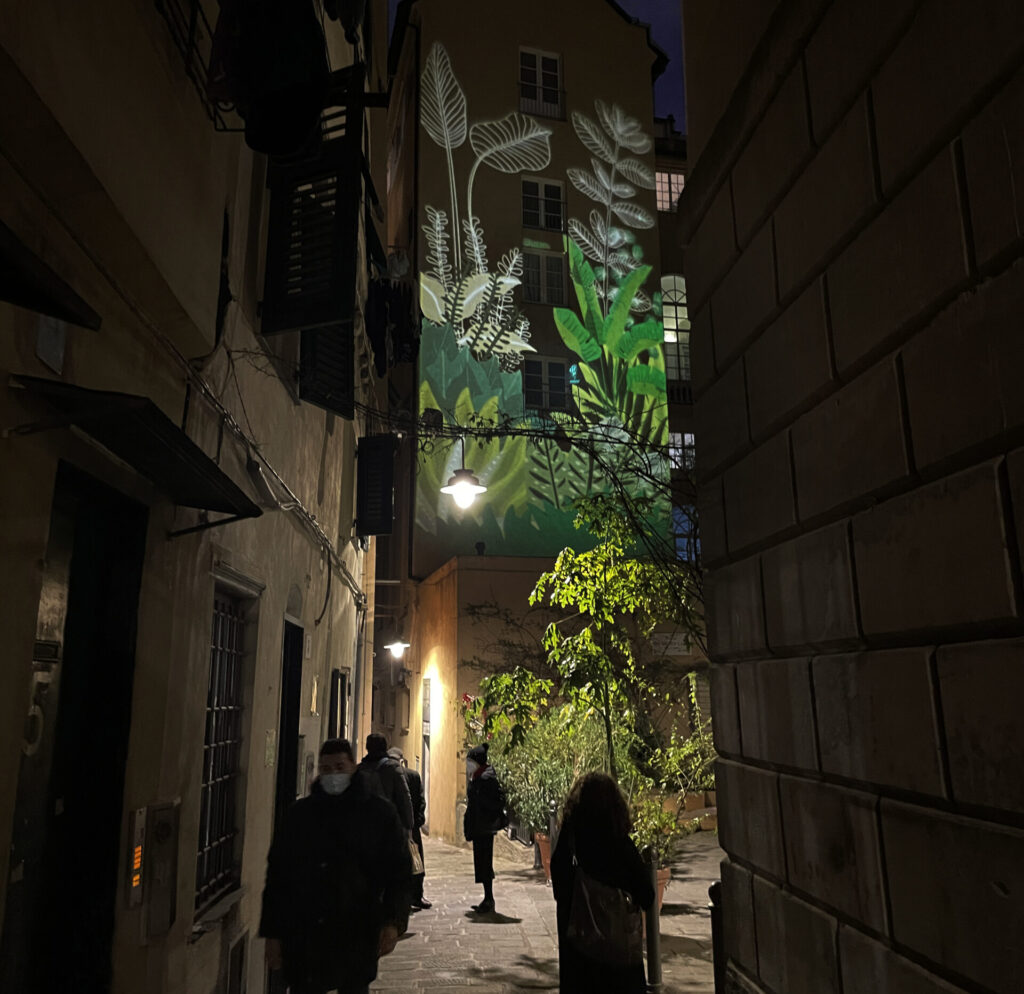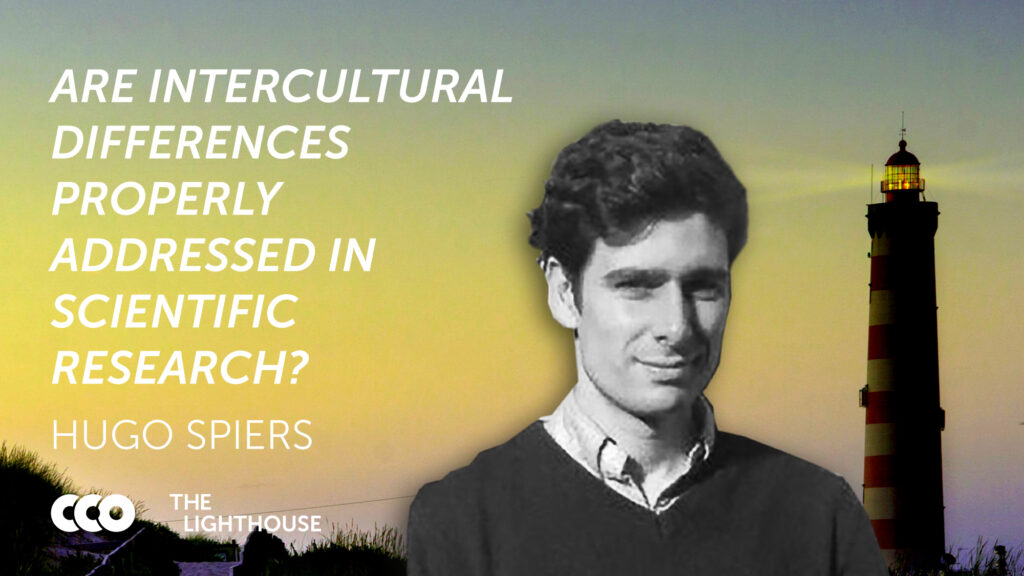1. Introduction
The 2030 Agenda for Sustainable Development is a plan of action for people, planet and prosperity; also seeking to strengthen universal peace and implementation through collaborative partnerships. For realising the transformational vision of the Agenda to shift the world onto a sustainable and resilient path in which no one will be left behind, the Sustainable Development Goals and targets were declared. The 17 Sustainable Development Goals (SDGs) with 169 associated targets were declared to stimulate action for the new universal agenda for 15 years – from 2016 to 2030. To realize this vision of fostering sustainable development, UNDP (United Nations Development Programme) has worked with UNDG (United Nations Development Group) in developing an aid for implementation. The implementation support has the acronym MAPS with three components –
- Mainstreaming – aims to generate awareness and lead to mainstreaming in national plans, strategies and budgets
- Acceleration- aims to help accelerate progress by providing tools to identify constraints and focus on relevant objectives (case specific)
- Policy Support- aims to provide co-ordinated and pooled policy support to countries working to meet SDG targets
Mainstreaming each of the 17 SDGs, is the first step to implementation, and it targets generating awareness leading to adoption of each of these goals while formulating national plans, strategies and budgets.
2. Mainstreaming SDGs for City Planning
A major mechanism envisioned for effecting the New Urban Agenda adopted by United Nations in 2016 are “national urban policies promoting integrated systems of cities and human settlements in furtherance of sustainable urban development”. However attempts so far for mainstreaming goals for city planning and development have often been limited to goals 8, 11 and 16 detailed below –
Goal 8: Promote sustained, inclusive and sustainable economic growth, full and productive employment and decent work for all
Goal 11: Make cities and human settlements inclusive, safe, resilient and sustainable
Goal 16: Promote peaceful and inclusive societies for sustainable development, provide access to justice for all and build effective, accountable and inclusive institutions at all levels
Of the other SDGs, Goal 3 aimed at good health and well-being, is given lesser priority due to lack of techniques / tools to identify constraints and focus on relevant objectives. Goal 3 is detailed as follows: “Ensure healthy lives and promote well-being for all at all ages”. It has 13 targets, one of which is ‘Strengthen the capacity of all countries, in particular developing countries, for early warning, risk reduction and management of national and global risks’. The application of this aspect is however often restricted to merely ensuring accessibility to better infrastructural health facilities. Mainstreaming this goal in national plans, strategies and budgets, requires novel solutions.
In 2017, World Health Organization declared depression, a common mental disorder affecting nearly 300 million people of all ages globally, as the leading cause of disability worldwide and the biggest contributor to diseases affecting physical health. India is no exception with 1 in 20 people living with depression, as per the National Mental Health Survey (2015-16). With mental health risks and stress related disorders occupying a major bulk of disability to the urban population, city planning and development should undoubtedly target enhancement of urban environments for the psychological wellbeing of residents.
3. Urban planning for psychological wellbeing
There are many research studies focusing on urban environments and psychological wellbeing of residents, that have found significant relations between stress indicators and environmental characteristics. Examples include insights into urban density and crowding (Evans, 1978), lack of green areas (van der Berg, Maas, Verheji, & Groenewegen, 2010) and noise (Epstein, 1982). Living in urban environments was also found to be associated with the risk of developing depression (Adli, 2011). Urban residents have been found to have an increased risk for mental health issues – incidence of schizophrenia/psychosis by up to 2.37 times higher than rural environment (Vassos, Pedersen, Murray, Collier, & Lewis, 2017) and mood disorders was found to be increased by 39% and anxiety disorders by 21% on exposure to urban environments (Peen, Beekman, & Delkker, 2010). All these studies suggest the level of exposure to the urban environment as a risk marker for stress and stress induced/related diseases. This poses the escalating need for urban planning strategies ensuring psychological wellbeing. The urban experience is a vast and complex process of interwoven institutions, events and perceptions, which can be subjected to analysis only from a wide range of perspectives and disciplines (Mcdermott, 1974). Strategies need to be founded on a cross disciplinary study of the responsiveness of the city to the need of the residents. The concepts of urban consciousness and conscious cities become relevant in this context. Urban consciousness, based on the concept of the conscious city is the awareness of an urban environment to the psychological needs of the residents. Previous studies investigating the relationship between city living and urban stress being unable to isolate causes, a program focusing on evolving urban planning strategies for psychological wellbeing should be founded through research on urban consciousness.
4. What is Urban consciousness?
Urban consciousness can be defined as the city’s awareness of the motives, personalities and moods of its inhabitants (Palti & Bar, 2015). The city’s awareness of user motives is the extent to which the planned uses and spaces cater to their functional and psychological requirements and enhance life satisfaction, for example the proximity of health/educational facilities or shorter commuting distance to workplace. The city’s awareness of user personalities could be explained as how people relate the urban environment to their previous experiences – most cityscapes generally help residents relate their environment to specific feelings – positive (sense of belonging, neighborliness, etc) or negative (fear of crimes, health dissatisfaction) which is often influenced by their previous urban experiences. Lastly, the city’s awareness of user moods could be explained as how people perceive the urban environment and how that perception affects user behaviour. For example, urban stress induced in a noisy environment could be explained as a sensory overload to the individual (auditory/ hearing sensation), resulting in negative association and depletion of cognitive abilities.
Conscious cities encompass a movement to fulfill the concept of creating urban environments that are aware and responsive to our needs through data analysis, artificial intelligence and the application of cognitive sciences in design (Palti, 2016). Earlier research studies on urban consciousness solely depended on perception-surveys, making them less reliable due to individual variation of personality dispositions (Jokela, 2015). For analyzing the consciousness of a city, a three pronged approach has been proposed in 2017 (Gopal & Bhaduri, 2017) as follows –
- Spatial analysis for assessment of city’s awareness of user motives
- Perception- survey for assessment of city’s awareness of user personalities
- Primary study of the cognition/sensory load of urban spaces for assessment of city’s awareness of user moods
As the need for initiating empirical research investigating the consciousness of cities along with case specific strategies is growing (Gopal & Bhaduri, 2017), assessment can be made possible only by detailing the three pronged approach to a more detailed framework.
5. Formulation of the framework – the process
A detailed framework for the three pronged approach was developed based on literature studies on possible inputs to urban planning from the cognitive sciences. The prospects of making use of current technological advancement were also analyzed and incorporated in the framework. The summary of inferences from cognitive science studies and a case for the application of technology for psychological well-being is detailed.
5.1. Inputs from knowledge of cognitive sciences and technology
Cognitive sciences is the scientific interdisciplinary study of the mind (Friedenberg & Silverman, 2006) and perception is the input to cognition – the causal and informational foundation for our higher cognitive functions (Cahen & Tacca, 2013). We perceive the urban environment through sensations (conversion of environmental stimulus to neural signals), the traditional five being visual (see), auditory (hear), tactile (touch), olfactory (smell) and gustatory (taste) sensations. The sensory experience, the first step to perception and cognition of urban environments enrich the user experience based on the qualities as well as quantity of sensory stimulation (Naghizade, Mohammad and Ostadi, Maryam, 2013).
5.1.1. Sensory properties of urban environments
Visual elements being the predominant aspect that could be redefined, few of the visual properties of urban environments found to affect user psychology were studied, the summary of which is given in table 1.
Table 1 – Effect of visual properties of urban environments on users
| Literature Source | Visual properties | Effect on user |
| Berlyne, 1970 | Adequate visual complexity | Adequate arousal |
| Nanda, Zhu and Jhansen, 2012 | High spatial frequencies and curved contours | Anxiety reduction |
| Smardon, R,C, 1988; Ulrich, et al., 1991 | Natural environment / views of nature | Healing |
Source: compiled by authors from multiple sources
Few of the properties of urban environments perceived through auditory and tactile sensations, which were also found to affect user psychology were also studied, the summary of key findings given in table 2.
Table 2 – Effect of other sensory properties of urban environments on users
| Literature Source | Properties of the urban environment perceived through sensations | Effect on user |
| Auditory | ||
| Epstein, 1982 | Noise | Induce stress |
| Tactile | ||
| Berlyne, 1970; Naghizade, Mohammad and Ostadi, Maryam, 2013 | Very high visual complexity (multiple visual textures causing very high visual complexity measured via image analysis). Though depth perception aided by tactile sensation is an important impact, eliciting the impact is limited by methodology of assessment, as photographs of urban views will not transfer this information (Sasaki, 1998) | Induce stress |
Source: compiled by authors from multiple sources
The properties of urban environments perceived through sensations of smell and taste, were exempted from the scope of the study due to limited application of findings within a process of city planning and development.
5.1.2. Measures of urban environmental stress and technological advancement
With the technological advancements of today’s world, perception- oriented surveys can be carried out more easily and can be less time consuming. A demonstrable example in this regard is the app developed as part of a collaborative urban planning project-Urban Mind, involving King’s College London, J&L Gibbons, Nomad Projects, A&E, Van Alen Institute and Sustainable Society Network+. The Urban Mind app, measuring the experience of city living considerably lessens the burden of collecting data through physical field surveys and can expand their scope in time and breadth as well.
6. Framework for assessment of urban consciousness
Based on the study inferences, a framework for assessment of urban consciousness was formulated and detailed below –
| Approach, Description, and Assessment Method | Variables | Indicators of Urban Consciousness | Spatial Scale | |||
| 1 | Approach: Spatial analysis for assessment of city’s awareness of user motivesDescription: Extent to which the planned uses and spaces of the city cater to the functional requirements of the residentsAssessment Method: Appraisal of plans (derived from spatial mapping) | Proximity to health facilities | lesser distance to health facilities | City scale (figures to be analyzed relative to the larger context) | ||
| Proximity to educational opportunities | lesser distance to educational opportunities | |||||
| Walkable access to green/ urban open spaces | better access to green spaces (mapping of green/ urban open spaces) | |||||
| Home – work place commuting | less home – work place commuting distance | |||||
| Incidence of crimes (against person/ property) in urban spaces | lesser incidence of crimes in urban spaces (mapping of incidence of crimes in urban spaces and the possible causal planning issues) | |||||
| Pollution | less polluted city spaces (mapping of pollution figures found via audit in urban spaces) | |||||
| Traffic mishaps | lesser incidence of traffic mishaps in urban spaces (mapping of incidence) | |||||
| 2 | Approach: Perception- oriented survey for assessment of city’s awareness of user personalitiesDescription: How people relate the urban environment to their previous experiences and how it help residents relate their environment to specific feelings – positive or negativeAssessment Method: Questionnaire survey | Feeling of security | lesser perceived fear of crime in urban spaces | City scale (figures to be analyzed relative to the larger context) | ||
| Perceived health satisfaction | better self-reported health | |||||
| Housing and services – satisfaction | perceived access to affordable housing and equity to basic urban services | |||||
| Sense of belonging / responsibility and awareness of values | more feeling of city pride, better engagement in volunteer work and participation in arts/ cultural activities | |||||
| Social interactions | more socializing and neighborliness | |||||
| 3 | Approach Primary study of the cognition/ sensory load of urban spaces for assessment of city’s awareness of user moods.Description: How people perceive the urban environment through sensations and user emotion/ behaviour is affectedAssessment Method: Field study of urban areas for assessing sensory qualities of the environment | assessment of specific indicators of visual sensory discomfort measured via image analysis (multiple photographs of street views) | high spatial frequencies,curved contours and presence ofnature and natural elements in views | Neighborhood scale(selected urban areas within the city) | ||
| assessment of auditory discomfort | less noise level | |||||
| assessment of tactile discomfort (multiple visual textures causing very high visual complexity measured via image analysis) | moderate visual complexity | |||||
Discussions
With mental health issues being a major cause of disability to the urban population, future city planning and development should aim for enhancement of the consciousness of urban environments. Mainstreaming the Sustainable Development Goal 3, aimed at good health and well-being, can be fully realized by assessment/monitoring indices and incorporation of possible interventions in national plans, metropolitan strategies, and city level policies. The proposed framework aims to aid the formulation of specific assessment/monitoring indices.
According to the 1987 Report by the United Nations World Commission on Environment and Development (WCED), Sustainable development is “…development that meets the needs of the present without compromising the ability of future generations to meet their own needs…. the satisfaction of human needs and aspirations is the major objective of development….the pursuit of sustainable development also requires a technological system that can search continuously for new solutions”. A major objective for sustainable development being satisfaction of human needs and aspirations, we must change priorities from merely planning for health infrastructure, to planning for health and wellbeing through the experience of the city . For mainstreaming the other sustainable development goals as well, new solutions making use of technological advancement are the needed. A holistic approach, not limited by the boundaries of disciplines is needed for mainstreaming each of the sustainable development goals and to make cities and human settlements more sustainable at large.
Acknowledgements and declarations
This research was done in Department of Urban Planning, School of Planning and Architecture (SPA) Delhi, the support inclusive of but not limited to, access to library and required software. It is declared that this is original/unpublished work and only the authors have contributed intellectually to this research.
References
•Adli, M., 2011. Urban stress and mental health, London: LSE Cities, London school of economics. • Bovill, C., 1996. Fractal Geometry in Architecture and Design. Boston: Birkhauser.
• Epstein, Y., 1982. Crowding stress and human behavior. In: Environmental stress. New York: Cambridge University Press, pp. 133-148.
• Evans, G., 1978. Human spatial behaviour: The arousal model. In: Human response to crowding. Hillsdale: Erlbaum, pp. 283-303.
• Gopal, A. & Bhaduri, S., 2017. Conscious cities of future: Research insights. Conscious Cities Anthology 2, p. in press.
• Lu, X., Clements-Croome, D. & Viljanen, M., 2012. Fractal Geometry and Architecture Design: Case study review. Chaotic Modeling and Simulation (CMSIM), pp. 311-322.
• Mandelbrot, B. B., 1977. Fractals: Form, Chance and Dimension. New York: W.H.Freeman and Co..
• Palti, I., 2016. An introduction to Conscious cities. Conscious cities Anthology 1, p. online.
• Peen, J., Beekman, A. & Delkker, J., 2010. The current status of urban-rural differences in psychiatric disorders. Acta Psychiatrica Scandinavia , pp. 84-93.
• Sala, N., 2002. Fractals in Architecture: Some Examples. In: Fractals in Biology and Medicine. Mathematics and Biosciences in Interaction. Birkhäuser: Basel, pp. 347-358.
• Taylor, R., 2006. Reduction of Physiological Stress Using Fractal Art and Architecture. Leonardo, pp. 245-251.
• Taylor, R. et al., 2005. Perceptual and Physiological Responses to the visual complexity of fractal patterns. Nonlinear Dynamics, Psychology, and Life Sciences, pp. 89-114.
• Trivedi, K., 1989. Hindu temples: Models of a fractal universe. The visual computer, p. 243–258.
• van der Berg, A., Maas, J., Verheji, R. & Groenewegen, P., 2010. Green space as a buffer between stressful life events and health. Social Sciences and Medicine, pp. 1203-1210.
• Vassos, E. et al., 2017. Meta-Analysis of the Association of Urbanicity with Schizophrenia. Medicine and health, pp. 1-16.









